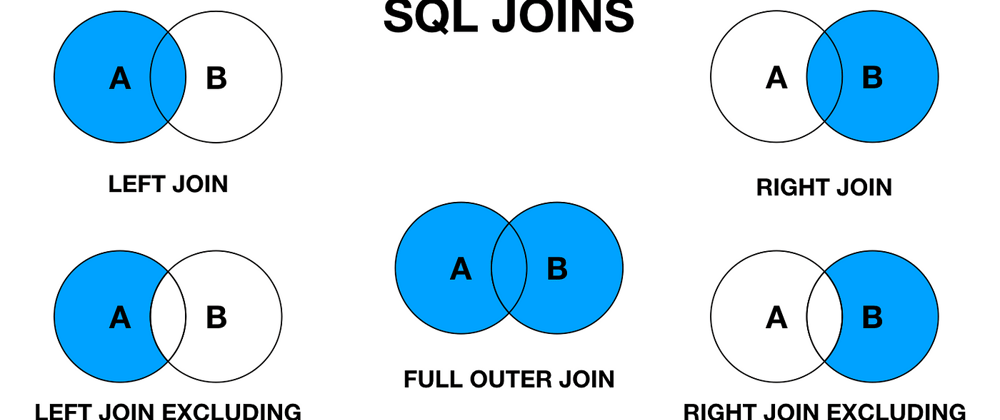Mastering SQL Joins: Unveiling the Art of Data Stitching
Introduction
In the realm of databases, the ability to stitch together data from multiple tables is paramount. This is where SQL joins come into play, enabling us to merge disparate datasets based on common attributes. Mastering SQL joins is not just about understanding syntax; it's about unraveling the intricacies of relational data management and leveraging the full potential of your database.
Understanding SQL Joins
What are SQL Joins?
SQL joins are used to combine rows from two or more tables based on a related column between them. By specifying the columns to match, SQL joins allow us to retrieve data that spans multiple tables, offering a holistic view of interconnected information.
Types of SQL Joins
There are several types of SQL joins, each serving different purposes:
- Inner Join: Returns rows that have matching values in both tables.
- Left Join (or Left Outer Join): Returns all rows from the left table and matching rows from the right table, if any.
- Right Join (or Right Outer Join): Returns all rows from the right table and matching rows from the left table, if any.
- Full Join (or Full Outer Join): Returns all rows when there is a match in either table.
- Cross Join: Returns the Cartesian product of the two tables, i.e., all possible combinations of rows.
Syntax of SQL Joins
The syntax for SQL joins varies slightly depending on the database management system (DBMS) you're using, but the basic structure remains consistent. Here's a generic syntax for an inner join:
SELECT columns
FROM table1
INNER JOIN table2
ON table1.column = table2.column;
FAQ Section: Common Queries and Concerns
How do I perform a basic inner join?
To execute a simple inner join, you can use the following SQL query:
SELECT Orders.OrderID, Customers.CustomerName
FROM Orders
INNER JOIN Customers ON Orders.CustomerID = Customers.CustomerID;
This query retrieves the OrderID from the Orders table and the corresponding CustomerName from the Customers table where there's a match on the CustomerID column.
What if I want to include unmatched rows from one table?
If you need to include unmatched rows from one table, you can use a left join. For instance:
SELECT Orders.OrderID, Customers.CustomerName
FROM Orders
LEFT JOIN Customers ON Orders.CustomerID = Customers.CustomerID;
This query will return all orders, regardless of whether there's a matching customer.
Can I perform multiple joins in a single query?
Yes, you can perform multiple joins by chaining them together. Here's an example:
SELECT Orders.OrderID, Customers.CustomerName, Shippers.ShipperName
FROM ((Orders
INNER JOIN Customers ON Orders.CustomerID = Customers.CustomerID)
LEFT JOIN Shippers ON Orders.ShipperID = Shippers.ShipperID);
This query fetches order details along with customer and shipper information.
Calculations: Putting SQL Joins into Action
Let's illustrate the power of SQL joins with a practical example. Suppose we have two tables: Employees and Departments. The Employees table contains information about employees, including their department ID, while the Departments table holds details about each department, including the department ID and name.
To retrieve a list of employees along with their department names, we can use a simple SQL query:
SELECT Employees.EmployeeID, Employees.EmployeeName, Departments.DepartmentName
FROM Employees
INNER JOIN Departments ON Employees.DepartmentID = Departments.DepartmentID;
This query seamlessly merges data from both tables based on the department ID, providing a comprehensive view of employee information.
Conclusion
Mastering SQL joins is essential for anyone working with relational databases. By understanding the different types of joins, their syntax, and common usage scenarios, you can efficiently query and analyze data from multiple tables. Whether you're a data analyst, a software developer, or a database administrator, honing your SQL join skills will empower you to extract valuable insights and drive informed decision-making.
With the ability to seamlessly stitch together disparate datasets, SQL joins serve as the cornerstone of relational database management, enabling you to unlock the full potential of your data. So dive in, experiment with different join types, and elevate your SQL proficiency to new heights.







Top comments (0)